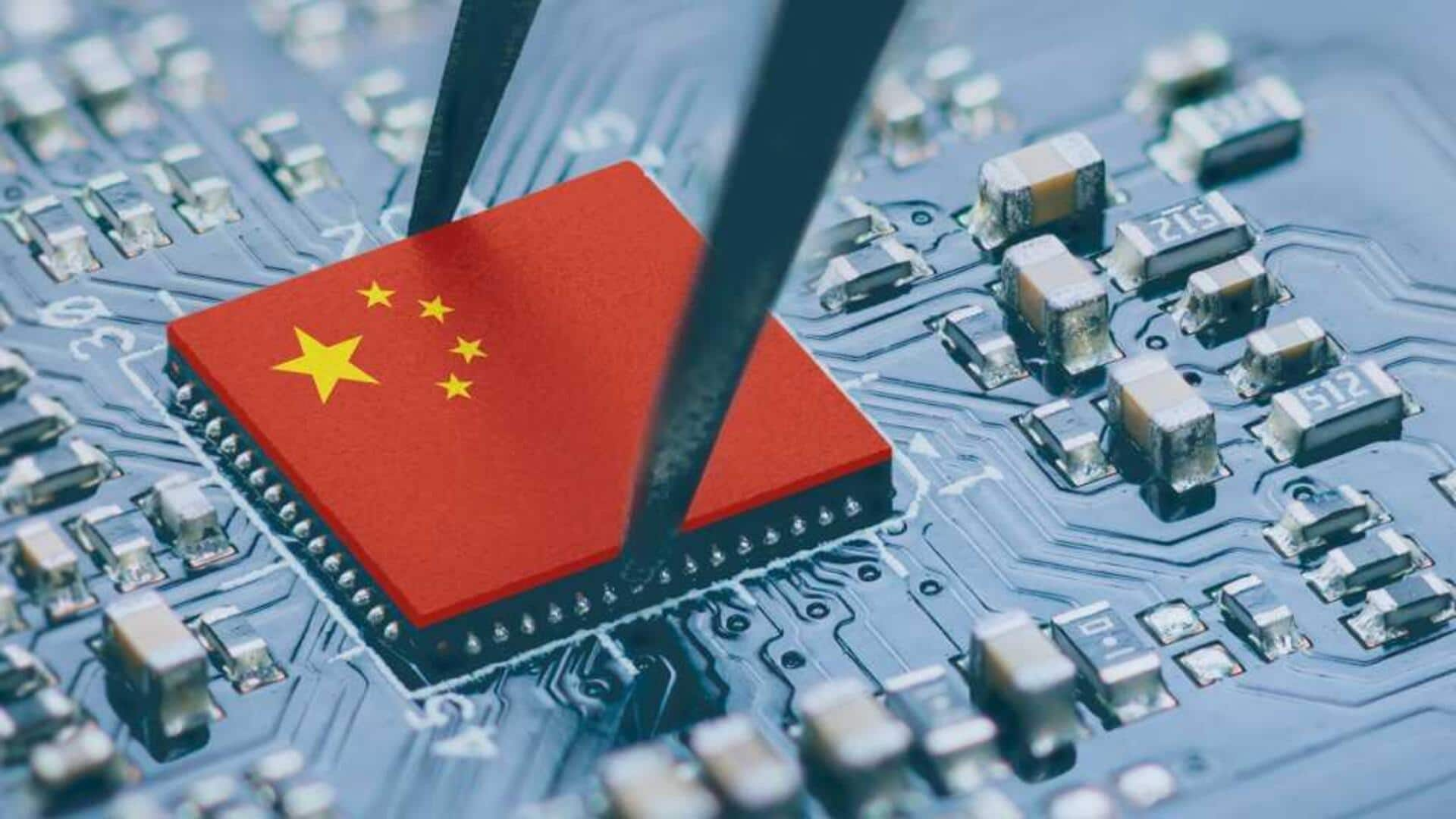
China inching toward self-reliance in AI chips amid US restrictions
What's the story
China is making significant progress toward self-sufficiency in the production of artificial intelligence (AI) chips, according to South China Morning Post.
This development comes despite ongoing US export restrictions that have prompted the country to focus on domestic chip-making tools.
However, lithography, a key technology for advanced chip production, continues to pose a challenge for China's semiconductor industry.
Industry leaders
Local firms lead the charge toward semiconductor self-reliance
Leading Chinese tool makers like Naura Technology and Advanced Micro-Fabrication Equipment (AMEC) are spearheading this drive toward greater self-reliance in the semiconductor sector.
An informal industry standard requires that at least 70% of production tools used in Chinese semiconductor factories be locally produced.
This initiative is a direct response to Washington's restrictions on advanced chip-making technologies.
Industry growth
Experts acknowledge country's progress in semiconductor tool sector
Paul Triolo, a senior VP at Albright Stonebridge Group, a US-based management consulting company, has recognized the substantial progress in China's semiconductor tool sector since the US export control measures were implemented in October 2022.
He attributed this advancement to improved vertical integration among tool makers and enhanced collaboration throughout the industry supply chain.
Gerald Yin Zhiyao, CEO of AMEC, also expressed optimism about the country nearing a basic level of self-sufficiency in chip-making tools.
Technological challenge
Lithography: Significant hurdle in China's chip-making journey
Despite these advancements, lithography remains a significant hurdle for China.
Lithography systems are crucial for etching complex circuit patterns on semiconductor wafers.
The most advanced of these systems are subject to strict export controls.
ASML, a Dutch company, is currently the only supplier of extreme ultraviolet (EUV) lithography systems needed for cutting-edge chips.
Dependency issue
Reliance on foreign lithography systems
In 2023, only 1.2% of the lithography systems used in Chinese foundries were domestically sourced, highlighting China's dependency on ASML, particularly for deep ultraviolet (DUV) lithography equipment not covered by US sanctions.
Chinese lithography leader SMEE is still trailing behind ASML in producing dependable lithography tools for 28-nanometer or below processes at scale.
However, experts believe that China can develop many components for DUV and EUV systems.
Additional hurdles
Other technological challenges in China's semiconductor industry
China also faces challenges with low local supply ratios for ion implantation and inspection and metrology systems, at 1.4% and 2.4% respectively.
In 2023, China's imports of ion implantation systems rose by 20% to $1.3 billion.
Chinese semiconductor factories heavily depend on foreign companies such as KLA, Applied Materials, and Hitachi for metrology systems.
Despite these obstacles, China is determined to overcome all technological challenges as part of its ongoing journey toward self-sufficiency in chip-making tools.